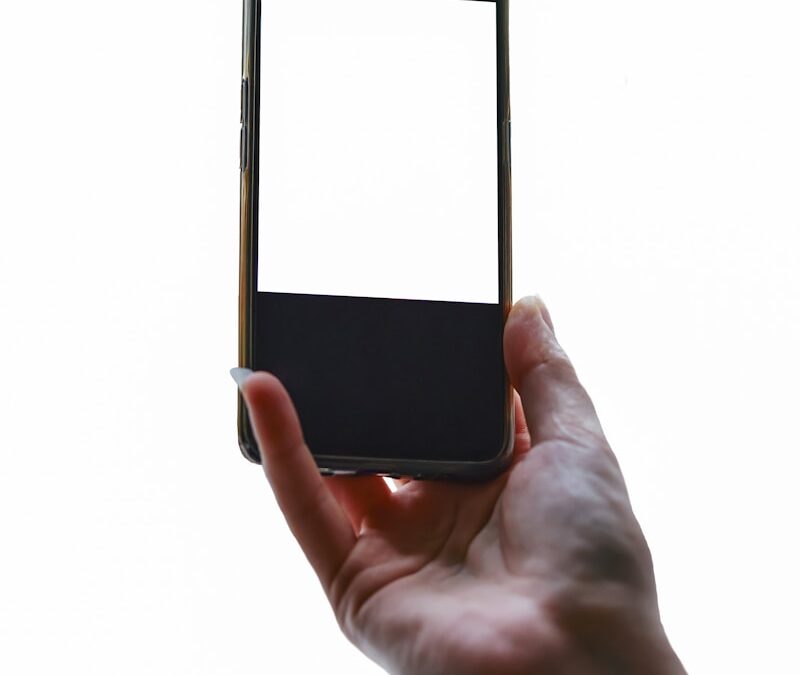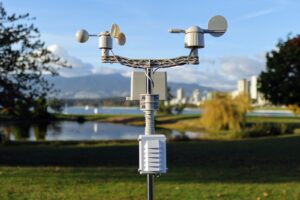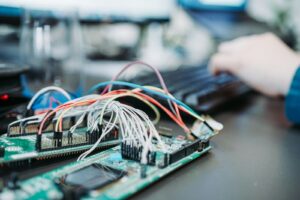Comparing and Choosing the Right Connectivity for Diverse IoT Applications
Understanding the Importance of Connectivity in IoT
When it comes to implementing Internet of Things (IoT) solutions, selecting IoT connectivity technologies is one of the most critical decisions that businesses must make. In regions like Saudi Arabia and the UAE, where digital transformation is rapidly advancing, the choice of connectivity technology can significantly impact the effectiveness and scalability of IoT applications. With various options available, from cellular networks to low-power wide-area networks (LPWAN), making the right choice requires a comprehensive understanding of the specific needs and challenges of the application at hand.
For business executives and managers, particularly in tech hubs like Riyadh and Dubai, the first step in selecting the appropriate IoT connectivity technology is to assess the application requirements. This includes evaluating factors such as data transmission frequency, range, power consumption, and the level of security needed. For example, in smart city projects, which are a focal point in both Saudi Arabia and the UAE, the need for long-range, low-power connectivity might lead to the selection of LPWAN technologies like LoRaWAN or Sigfox. On the other hand, applications requiring real-time data transmission, such as autonomous vehicles or industrial automation, might be better served by 5G networks.
Moreover, the decision-making process should also consider the existing infrastructure and future scalability. In markets like Saudi Arabia and the UAE, where IoT adoption is on the rise, businesses must ensure that their chosen connectivity technology can support not only current but also future IoT deployments. This involves analyzing the technology’s compatibility with other systems, its ability to handle increased data loads, and its potential for integration with emerging technologies like Artificial Intelligence (AI) and Blockchain. By taking a strategic approach to connectivity selection, businesses can ensure that their IoT solutions are robust, scalable, and aligned with their long-term goals.
Comparing Connectivity Technologies for Different IoT Applications
When comparing connectivity technologies for IoT applications, it’s essential to recognize that no single solution fits all scenarios. The diversity of IoT applications—from smart agriculture to industrial IoT—requires a tailored approach to connectivity. In regions like Saudi Arabia and the UAE, where innovation and modernization are prioritized, businesses need to carefully evaluate the strengths and limitations of each connectivity option to ensure it aligns with their specific use cases.
For low-data-rate applications that require wide coverage and low power consumption, LPWAN technologies such as LoRaWAN, Sigfox, and NB-IoT are often ideal. These technologies are particularly suitable for applications like remote monitoring of oil pipelines in the desert landscapes of Saudi Arabia or water management systems in the UAE. Their ability to operate over long distances with minimal energy consumption makes them a cost-effective solution for widespread deployments.
In contrast, high-bandwidth applications that require real-time communication, such as autonomous drones or smart traffic management systems, may benefit more from cellular technologies like LTE-M or 5G. The advanced features of 5G, including ultra-low latency and high data transfer rates, make it an attractive option for applications where speed and reliability are critical. For instance, in the bustling cities of Riyadh and Dubai, where smart transportation is a growing focus, the adoption of 5G can enable seamless connectivity for IoT systems that manage traffic flow, enhance public safety, and improve urban mobility.
Another consideration is the integration of IoT with other advanced technologies. For example, when deploying IoT in conjunction with Blockchain for secure data transactions or with AI for predictive analytics, businesses must ensure that the chosen connectivity technology can support the data requirements and processing needs of these technologies. By comparing the capabilities and limitations of different connectivity options, businesses can make informed decisions that optimize the performance and value of their IoT applications.
Strategies for Implementing the Chosen Connectivity Technology
Once the most appropriate IoT connectivity technology has been selected, the next step is to implement it effectively. For businesses in Saudi Arabia, the UAE, and other regions with ambitious digital transformation goals, successful implementation requires careful planning and execution. This includes not only technical considerations but also organizational and strategic factors that can influence the success of the IoT deployment.
One key strategy is to conduct pilot projects before full-scale implementation. This allows businesses to test the chosen connectivity technology in a controlled environment, identify potential issues, and make necessary adjustments. In a region like Saudi Arabia, where IoT applications are being rapidly deployed in sectors such as healthcare, energy, and transportation, pilot projects can help ensure that the technology performs as expected under real-world conditions. Additionally, pilot projects provide valuable insights into how the connectivity technology interacts with other systems and technologies, such as cloud platforms and data analytics tools.
Another important strategy is to engage with technology partners and experts who have experience in deploying IoT solutions in similar environments. In the UAE, where innovation is a key driver of economic growth, businesses can benefit from collaboration with local and international technology providers who understand the unique challenges and opportunities in the region. By leveraging the expertise of these partners, businesses can streamline the implementation process, reduce risks, and accelerate the time to market for their IoT applications.
Finally, it’s essential to establish a robust support and maintenance framework for the chosen connectivity technology. IoT deployments are often complex and require ongoing monitoring and optimization to ensure long-term success. In fast-paced markets like Riyadh and Dubai, where business environments are constantly evolving, having a dedicated team to manage the connectivity infrastructure can help businesses stay ahead of the curve and adapt to changing needs. This proactive approach to support and maintenance not only enhances the reliability and performance of IoT applications but also maximizes the return on investment for businesses.
—
#IoTConnectivity, #TechnologyComparison, #AIinIoT, #SaudiArabiaTech, #UAEInnovation, #DigitalTransformation, #BusinessSuccess, #5GConnectivity













